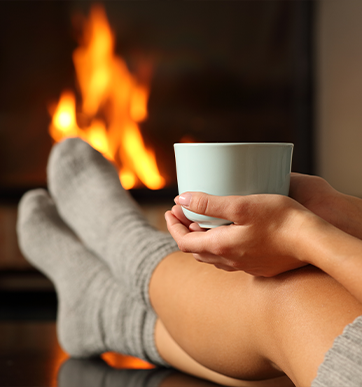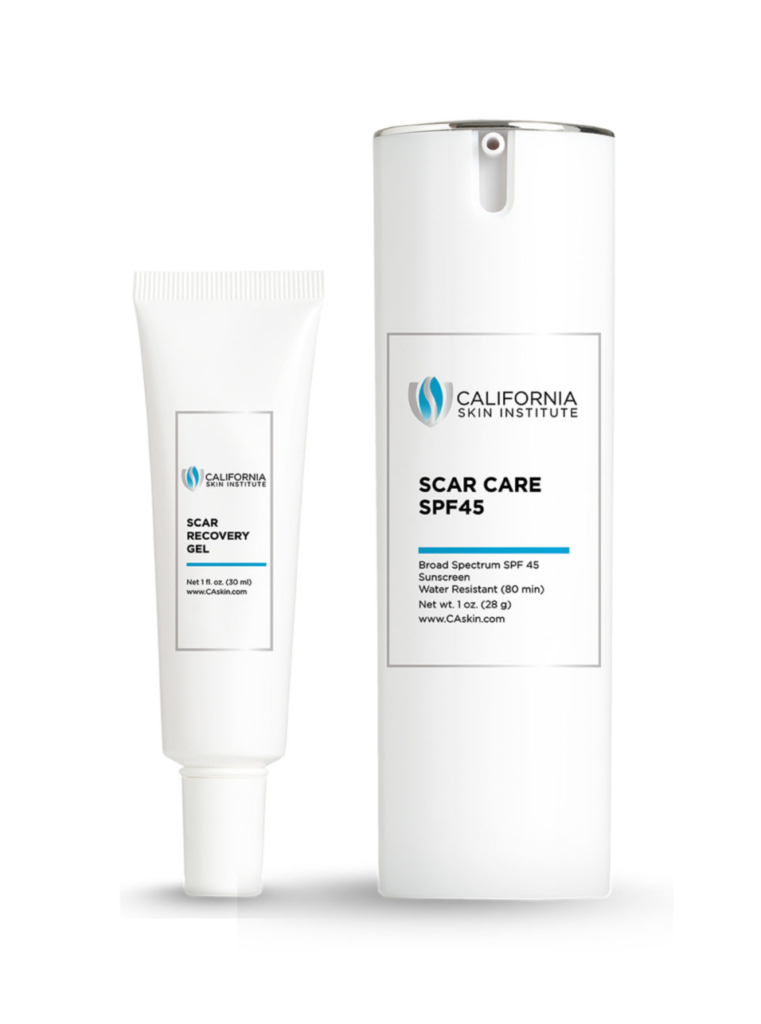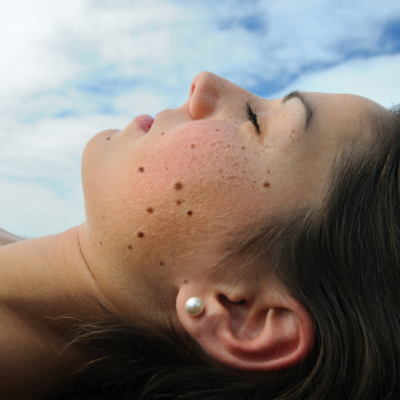
‘Tis the Season to be Careful About Burns
Sizzling turkey drippings. Chestnuts roasting on an open fire. Ouch! Holiday season may be the most wonderful time of the year, but sometimes people get so caught up in prepping holiday feasts or making merry that they can get careless. That’s when accidents happen. And burns are one of the most frequent accidental injuries that can occur over the holidays.
As we head into a special holiday season of joy and togetherness that we mostly had to forgo last year, let’s take a moment to make sure it’s a happy time free of burn injuries.
Here are some likely causes of holiday season burns to watch out for—especially for children and teens.
- Roasted chestnuts, toasted marshmallows and fondue. If food you’re cooking over a flame catches fire, don’t try to blow it out. Better to sacrifice the marshmallow than risk a burn.
- Curling irons and hair straighteners. Holiday primping means extra use of hot hair tools. Use caution. Nearly 80% of hair product injuries are burns from these devices, according to the Academy of Emergency Medicine. And 97% of these injuries are burns.
- Candles. December is the peak time of year for candle burn injuries. Candle burns cause nearly 10,000 ER visits per year and nearly half of these are from hot wax burns, states a Consumer Product Safety Commission report.
- Wood-burning fireplaces and fire pits. Sparks and embers from fireplaces and fire pits can travel several feet. Fire pit injuries alone have nearly tripled in recent years, reports the National Fire Protection Association.
- Gas and electric fireplaces. Within minutes of turning these fireplaces on, the glass front is hot enough to cause third-degree burns. People think gas and electric fireplaces are safer than wood-burning fireplaces, and they are. However, avoid leaning against them.
The Difference Between First-, Second- and Third-Degree Burns
First-degree burns hurt. Make no mistake about that. But, they generally do not require a trip to the emergency room. The skin is reddened, painful and hot to the touch, but not broken or blistered. It affects only the top layer of skin, the epidermis.
Second-degree burns damage the dermis, the second layer of skin, as well as the top layer. Blistering can occur in more severe second-degree burns and the skin under the blisters appears pink and moist. Or there may be no blisters and the skin may appear more pale than usual.
Third-degree burns severely damage all layers of the skin. Blistering is highly likely with the skin underneath ranging from pink to dark brown. The skin may appear charred or leathery. Third-degree burns may not hurt because of damage to the nerve endings, which causes numbness.
When to Go to the ER
Although many online medical sources say you do not need to go the ER for a second-degree burn, if there is blistering and/or breakage of the skin, the burn should be evaluated and treated by a medical professional. It can be difficult for an untrained eye to discern between a second- and third-degree burn. Also, if the burned area is larger than the person’s palm, it is best to seek immediate medical attention.
If a person is wearing clothing made from synthetic fabric such as polyester fleece, the clothing can melt, and bits can become embedded in the burned skin. No one other than a trained medical professional should remove the fibers.
Even if the person makes light of a serious burn and says, “oh it’s nothing,” insist that they let you take them to seek immediate medical care. The risks of infection and scarring should not be taken lightly.
How to Treat a First-Degree Burn in 5 Easy Steps
For a reddened burn similar to a sunburn and smaller than your palm, the American Academy of Dermatology recommends the following 5 steps:
- Cool down the burn by immersing it in cool but not cold tap water for about 10 minutes. Never apply ice.
- Apply petroleum jelly 3 times a day. Do not apply butter or oil.
- Cover the burn with a nonstick sterile bandage.
- Take OTC pain reliever with ibuprofen or acetaminophen to relieve pain and inflammation.
- Protect the burn from sun exposure to help prevent scarring.
Why You Need Follow-up Burn Care with Your CSI Dermatologist
Burns—even first-degree burns—can leave scars. Whether you’ve treated a first-degree burn at home or sought emergency medical care for a second- or third-degree burn, schedule a follow-up visit to your CSI dermatologist. They will be able to assess the probability of scarring, prescribe healing protective topicals and if scarring seems likely, determine what treatment course to take to best minimize its appearance.
New CSI Scar Treatment Products
Burns happen, as do nicks from chopping, and other wounds to the skin. That’s why we’ve created two new specially formulated, dermatologist-approved scar treatment products. Each contains ingredients designed to target scar tissue and help restore the skin’s natural look and feel.
- Scar Recovery Gel
This scar gel has a proprietary formula that optimizes injured skin tissue renewal. Its medical-grade ingredients form a breathable, protective shield to help smooth the texture of scars while shrinking them and reducing visible redness. - Scar Care SPF 45
As a scar heals, it is vital to protect the area from sun exposure. This new product provides mineral-based SPF 45 UVA/UVB protection while also offering antioxidants selected for scar treatment properties to hydrate and soothe the area.
All of us at California Skin Institute wish you a safe and happy holiday season.




 / 291 Reviews
/ 291 Reviews